New to Forum
Jetson15
9 years ago
Related Stories
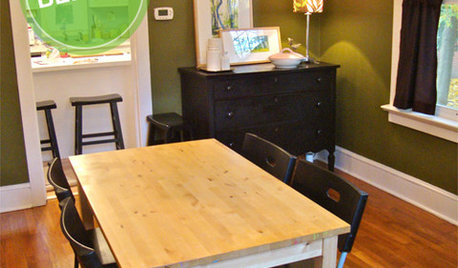
DINING ROOMSDesign Dilemma: My Dining Room Needs Revamping!
Watch a dining-room makeover unfold in the Houzz Questions forum
Full Story
EVENTS6 Top Design Events: Oct. 21-Nov. 12, 2011
Mark your creative calendars! See what's on the Houzz list of things to see and do
Full Story0
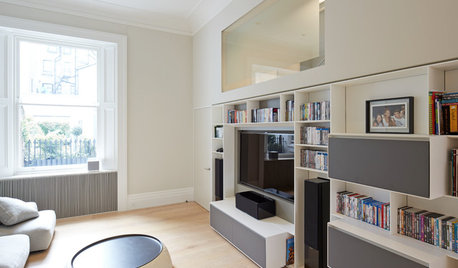
MEDIA ROOMS10 Ways to Make Your Home Theater More Awesome
Check out these ideas for bringing more tech sophistication to your media space
Full Story
HOUSEPLANTS10 Top Plants to Grow Indoors
Brighten a room and clean the air with a houseplant that cascades artfully, stretches toward the ceiling or looks great on a wall
Full Story
REMODELING GUIDESHave a Design Dilemma? Talk Amongst Yourselves
Solve challenges by getting feedback from Houzz’s community of design lovers and professionals. Here’s how
Full Story
CONTEMPORARY HOMESHouzz Tour: A London Townhouse Lightens Up
A dramatic redesign of this multistory home transforms its dark 1970s-era interior into an all-white Scandinavian idyll
Full Story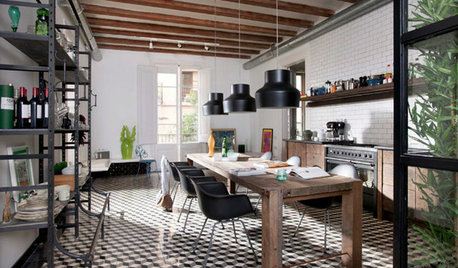
KITCHEN DESIGNKitchen of the Week: Spacious and Industrial in Barcelona
Warehouse touches nod to this Spanish kitchen's roots, but contemporary splashes keep it current and comfortable
Full Story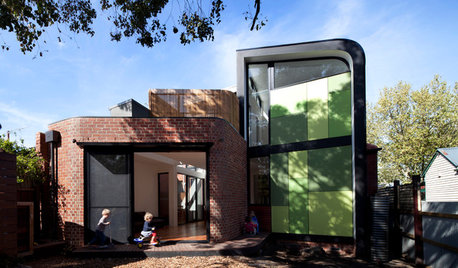
HOUZZ TOURSHouzz Tour: Curves Ahead for a Modern Melbourne Addition
Contemporary and Edwardian get along capitally in an expanded Australian home for a family
Full Story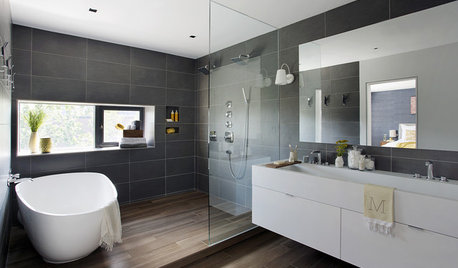
SHOWERSYour Guide to Shower Floor Materials
Discover the pros and cons of marble, travertine, porcelain and more
Full Story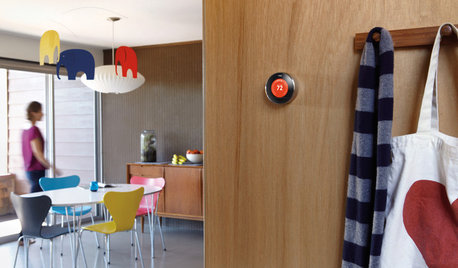
HOME TECHWhy Google Just Paid $3.2 Billion for a Company That Makes Thermostats
Smart home technology just got a new champion — and everyone is speculating about the reasons
Full Story










shavedmonkey (Harvey in South Fl.)Z10b
James _J
Related Professionals
Middle River Landscape Architects & Landscape Designers · Springfield Landscape Contractors · Belmont Landscape Contractors · Hayden Landscape Contractors · Palatine Landscape Contractors · Paramus Landscape Contractors · San Rafael Landscape Contractors · Sugar Hill Landscape Contractors · Sun City Center Landscape Contractors · Waipahu Landscape Contractors · Green Bay General Contractors · Kettering General Contractors · Leon Valley General Contractors · Medford General Contractors · North Lauderdale General ContractorsDarlene (GreenCurls)
Jetson15Original Author
jane__ny
westoh Z6
Jetson15Original Author
Jetson15Original Author
arthurm
westoh Z6
Jetson15Original Author